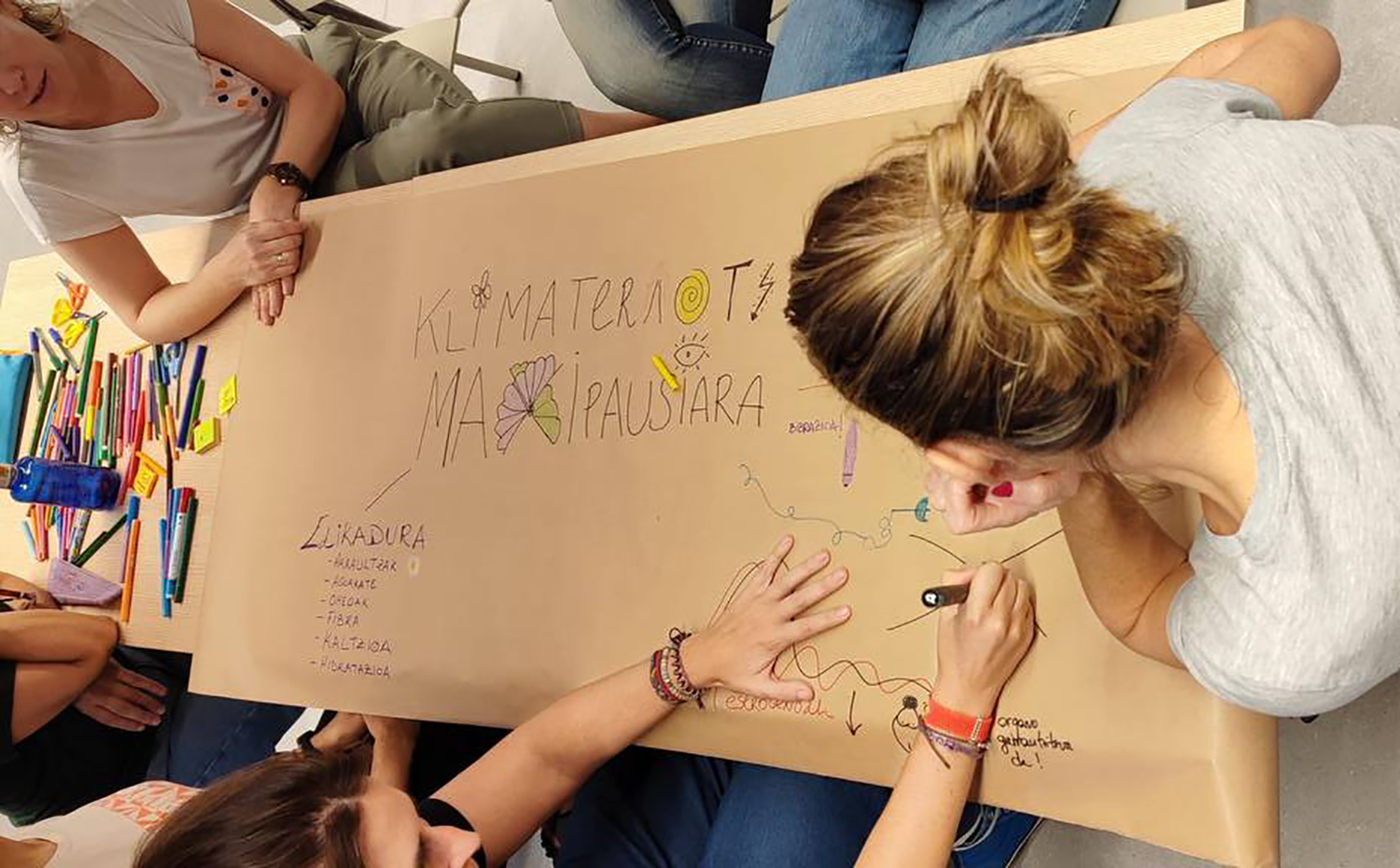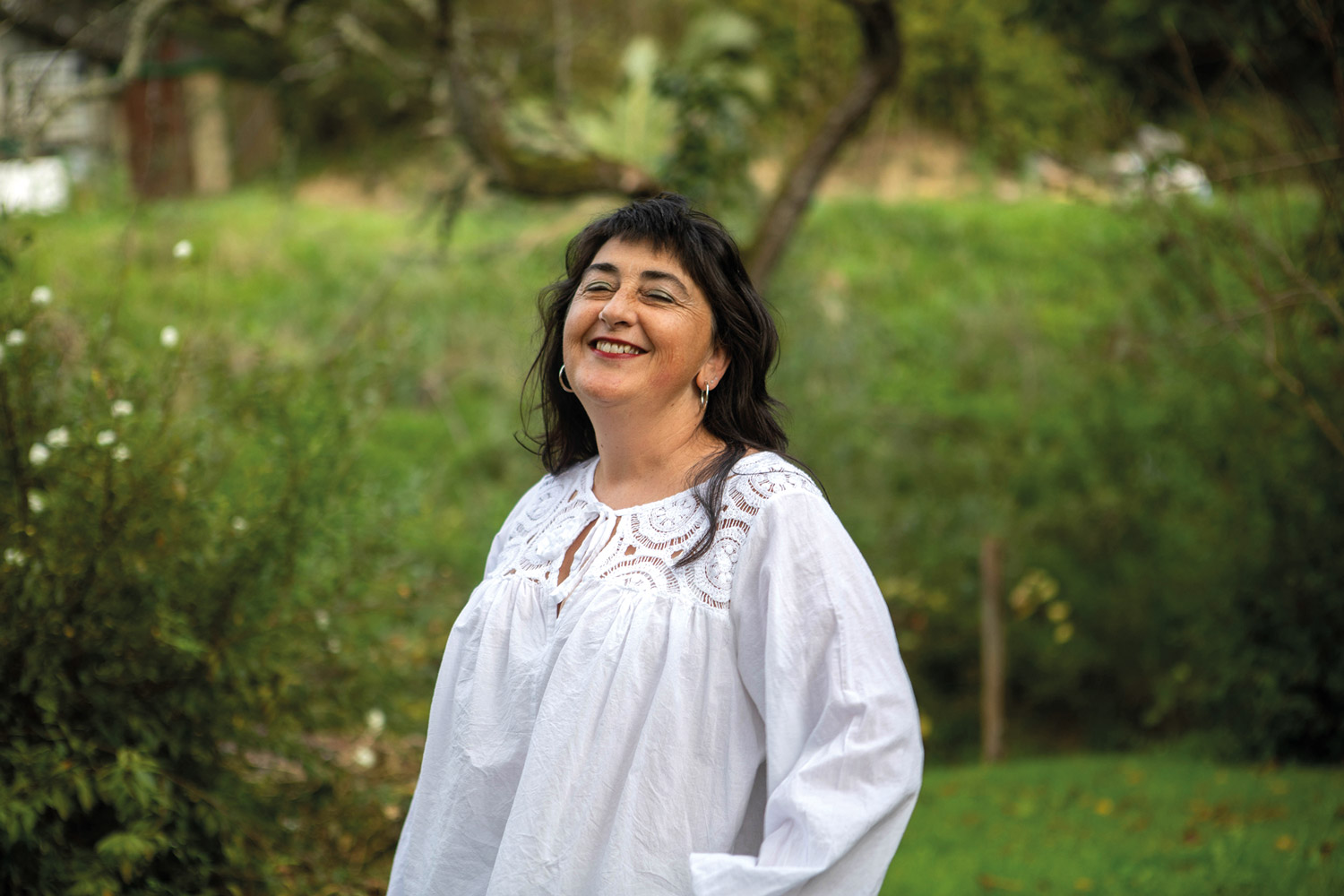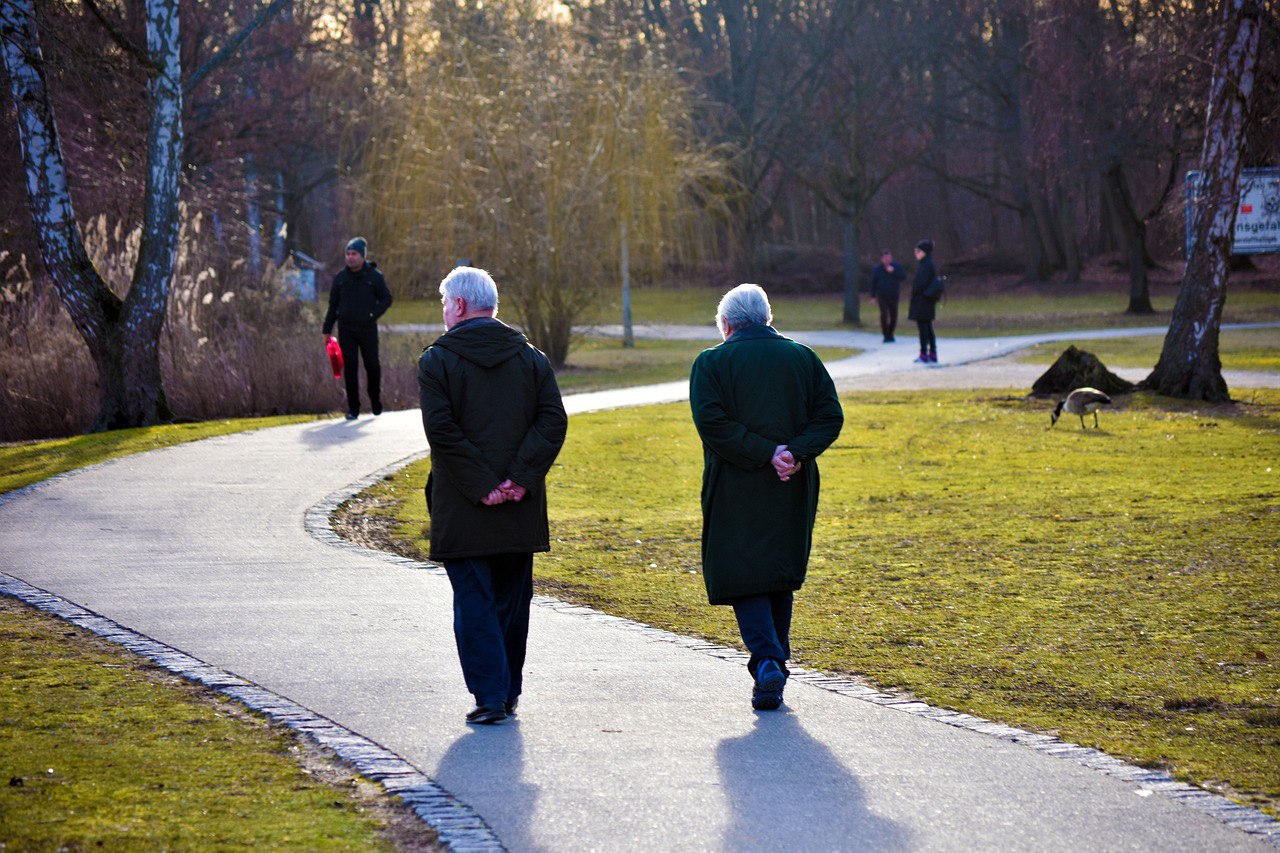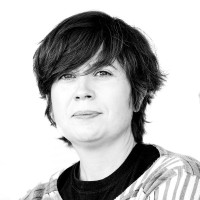16% of older women in Pamplona are at risk of poverty
- The City of Pamplona has made a quantitative diagnosis of the situation of the elderly in twelve districts of the city. The neighborhoods of Iturrama and San Juan are the oldest in Pamplona/Iruña.

59% of people aged 65 and over living in Pamplona are women, and this figure increases as age increases: From the age of 80, the volume of women is greater than 60% and in the group over 99 years is 84%.
The volume of people living alone has also been analysed: 23% of people aged 65 and over live alone. This percentage is especially important among people over 85 years of age, due to its strong increase: Only 32% of people aged between 85 and 89 live alone, while among those over 90 years it rises to 36%. By gender, the profile of older people living alone is clearly female.
The diagnoses also include the economic aspects and that the risk of poverty rate of those over 65 years of age is located in Pamplona on average 13.5%, with significant differences between men (9.5%) and women (16.3%). Regarding the levels of quality of life, the levels of population and dependency served by the Home Care Service (DHS) have been analyzed. According to data from the studies, the home help service serves 947 people in Pamplona, with the largest demand being Txantrea (140) and Rochapea (132).
Iturrama and San Juan, the oldest neighborhoods
According to data from the February census, 46,342 people aged 65 and over live in Pamplona, which accounts for 22% of the population, with an upward trend year after year. The average age of the population registered in Pamplona is 44 years. The phenomenon is not homogeneous throughout the city. There are neighborhoods where the aging index is above average, such as Iturrama, Donibane, Ermitagaine-Oeste and Txantrea, while others such as Buztintxuri-Euntzetxiki and Mendillorri do not reach 10%.
In general, ageing tends to increase significantly in the coming years. The diagnoses point to an amalgam of demographic phenomena: the increase in life expectancy (in Navarre it is 83.8 years), the late 'Baby boom', the decrease in birth rates and the stagnation of immigration in recent years.
Municipal diagnoses indicate that although people over 65 years of age or older are generally mentioned, this group cannot be considered homogeneously. The situation, needs and capacities of those over 80 are different from those of the younger ones. The neighborhoods with the largest population over 80 years are San Juan de Luz, Iturrama, Ensanche and Chantrea, while at the other end there are Buztintxuri and Mendillorri.
Thus, we have to analyze two large blocks of elderly people with different needs and concerns. On the one hand, older people, for which existing support services should be strengthened and situations of isolation and loneliness addressed. On the other hand, younger people will have to give them a more active and varied response, with more activities and spaces that allow socialization, avoiding living this loneliness that affects more and more people. The municipal work also proposes to promote social commitment through volunteering in this group.
In addition, in the medium term, other processes are planned that will transform this reality and form a new characterization of the elderly, resulting from a massive aging derived from the late 'Baby boom' and the incorporation of people with higher educational level and immigrants. As a result of all these transformations, ageing will be different from the present and other concerns will be generated, probably more active, with greater heterogeneity. Consequently, their requests will be different.
This work originates from the diagnosis made last year by the consultant Impact on the Barrio de San Juan. This diagnosis has been based on twelve subsequent studies by municipal technicians in the area of Community Action, Development Cooperation and Sport and the Strategic Office Area.
The City of Pamplona assumes that facing the phenomenon of aging is a challenge and requires a multisectoral intervention that reconciles the commitment and participative action of the municipal entity with the social and professional agents of the different sectors and services. In this sense, it considers it necessary to deepen the needs of the elderly group, with the participation of people experts in the field and the elderly, in order to configure lines of work in the right direction. As a result, a number of initiatives have been launched to address this phenomenon. One of them has been the inclusion of Pamplona in the "Network of Friendly and Older Cities".
If we were to ask which of the four concerts they love most is that of the “four seasons” of Vivaldi, the answers would give them on an equal footing, half the spring and the other half the fall. However, the balance would be made in favour of spring, perhaps because it was... [+]
Together with racism, machismo, classism and eleven others, we could also place old age, frivolity. Although the exclusion that can be tolerated on the basis of age is possible for all, when faced with another type of discrimination, the reality can be hardened. Simone de... [+]
For some, technology is the only and sometimes it exists. But supposing that technology is going to solve all the problems of life, I think we're focusing on different scenarios that don't benefit society.
There are many ways to do things in the world, if you don't have hot water,... [+]
We don't all get to enjoy retirement and it has a hard solution, it doesn't want to end up young and it accumulates so many ages, and so, is it? If so, not only to oneself, but also to Imserso and those seeking business.
Through the perfect understanding of the family situation,... [+]




















